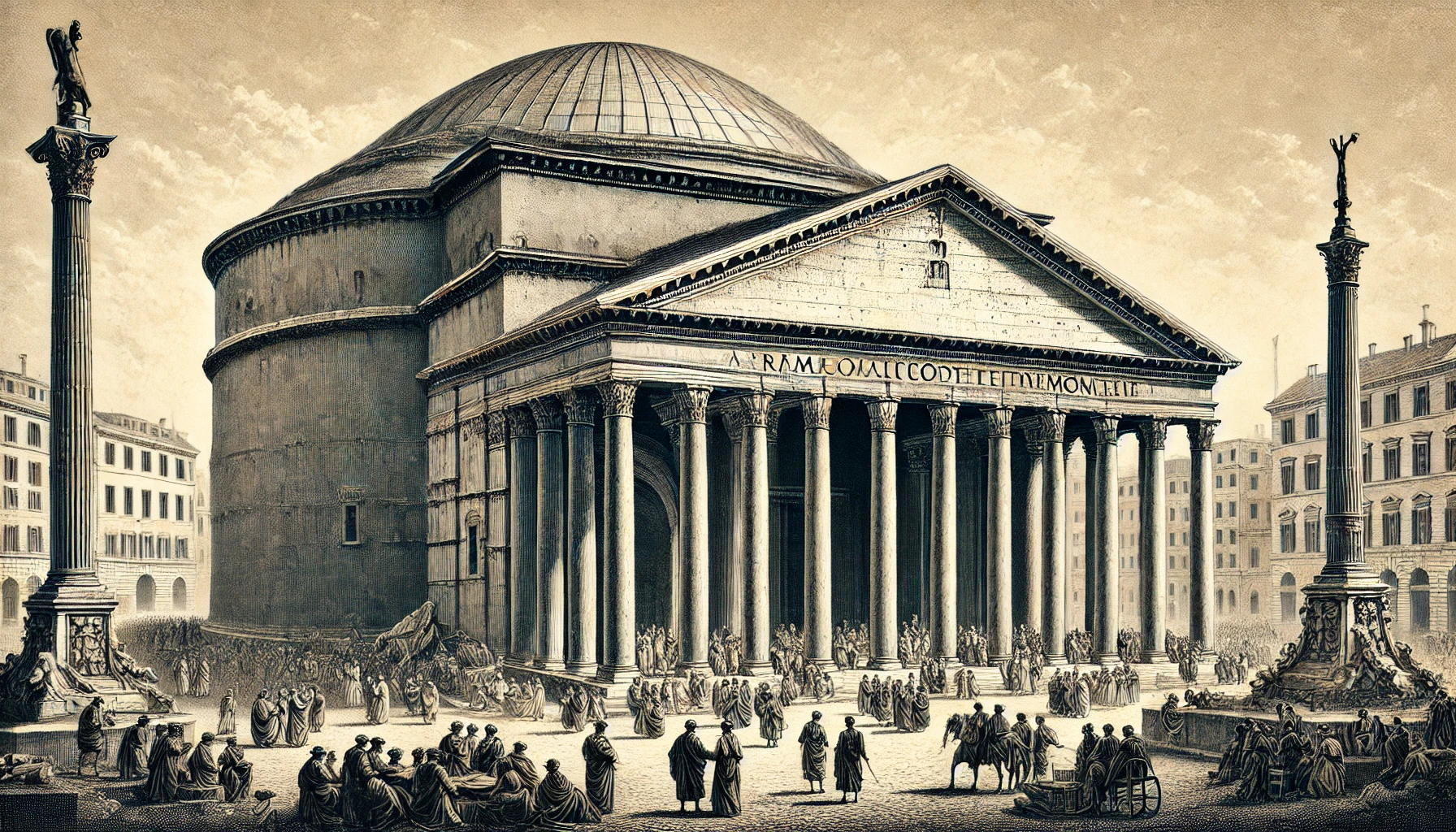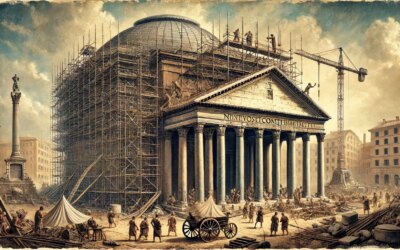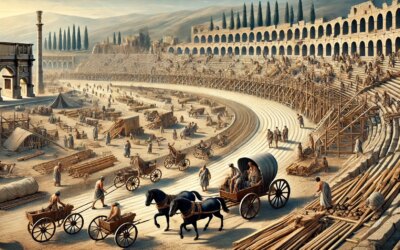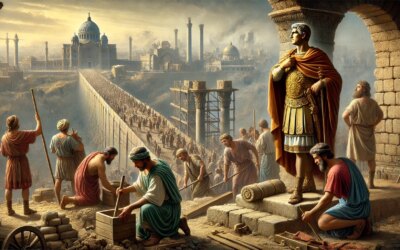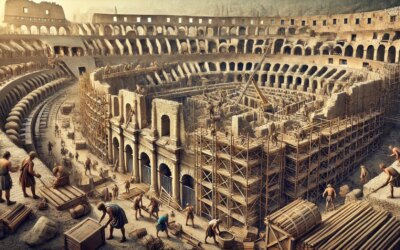Introduction
The Pantheon is one of the most iconic and enduring monuments of ancient Rome. Built as a temple to all gods, its massive dome and grand columns have captivated visitors for nearly two millennia. As the best-preserved ancient Roman building, the Pantheon stands as a testament to the engineering genius and religious devotion of Rome’s architects and rulers.
The Origins of the Pantheon
The original Pantheon was commissioned by Marcus Agrippa during the reign of Augustus (27 BCE – 14 CE). However, this structure was destroyed by fire. The temple we see today was rebuilt by Emperor Hadrian around 126 CE, and it has stood largely unchanged ever since.
Why Was the Pantheon Built?
The name “Pantheon” means “temple of all gods,” suggesting that it was dedicated to multiple deities. Some historians believe it was meant to honor the traditional Roman gods, while others argue it was intended as a symbol of imperial power and unity.
Architectural Brilliance
The Pantheon’s most remarkable feature is its massive dome, which remained the largest in the world for over 1,300 years. Measuring 43.3 meters (142 feet) in diameter, it is a perfect hemisphere resting on a circular base.
The Oculus: A Window to the Heavens
At the center of the dome lies the oculus, a 9-meter-wide (30-foot) circular opening that allows natural light to flood the interior. This open skylight also serves a practical function, reducing the weight of the dome and preventing structural stress.
The Materials and Construction
Roman engineers used a combination of concrete and lightweight volcanic rock (pumice) to construct the dome. The walls, which are over 6 meters (20 feet) thick at the base, provide the necessary support to hold up the massive structure.
The Pantheon’s Religious Significance
Originally a temple, the Pantheon became a Christian church in 609 CE, when it was consecrated by Pope Boniface IV. This conversion helped preserve the building through centuries of political and religious changes.
From Pagan Temple to Christian Basilica
While many Roman temples fell into ruin after the empire’s decline, the Pantheon remained in use due to its adaptation as a church. Today, it still functions as a place of worship and is the final resting place of famous figures such as the painter Raphael and several Italian kings.
The Legacy of the Pantheon
The Pantheon’s influence extends far beyond Rome. Its design inspired countless domed structures, including the Florence Cathedral, St. Peter’s Basilica, and even the U.S. Capitol. Its enduring presence continues to attract millions of visitors each year.
Modern Preservation Efforts
Despite its age, the Pantheon remains in remarkable condition. Restoration projects have helped maintain its structural integrity, ensuring that future generations can appreciate its architectural grandeur.
Conclusion
The Pantheon is more than just an ancient temple—it is a symbol of Rome’s ingenuity, resilience, and artistic vision. From its breathtaking dome to its sacred history, the Pantheon continues to inspire awe, reminding us of the enduring legacy of Roman architecture and culture.

